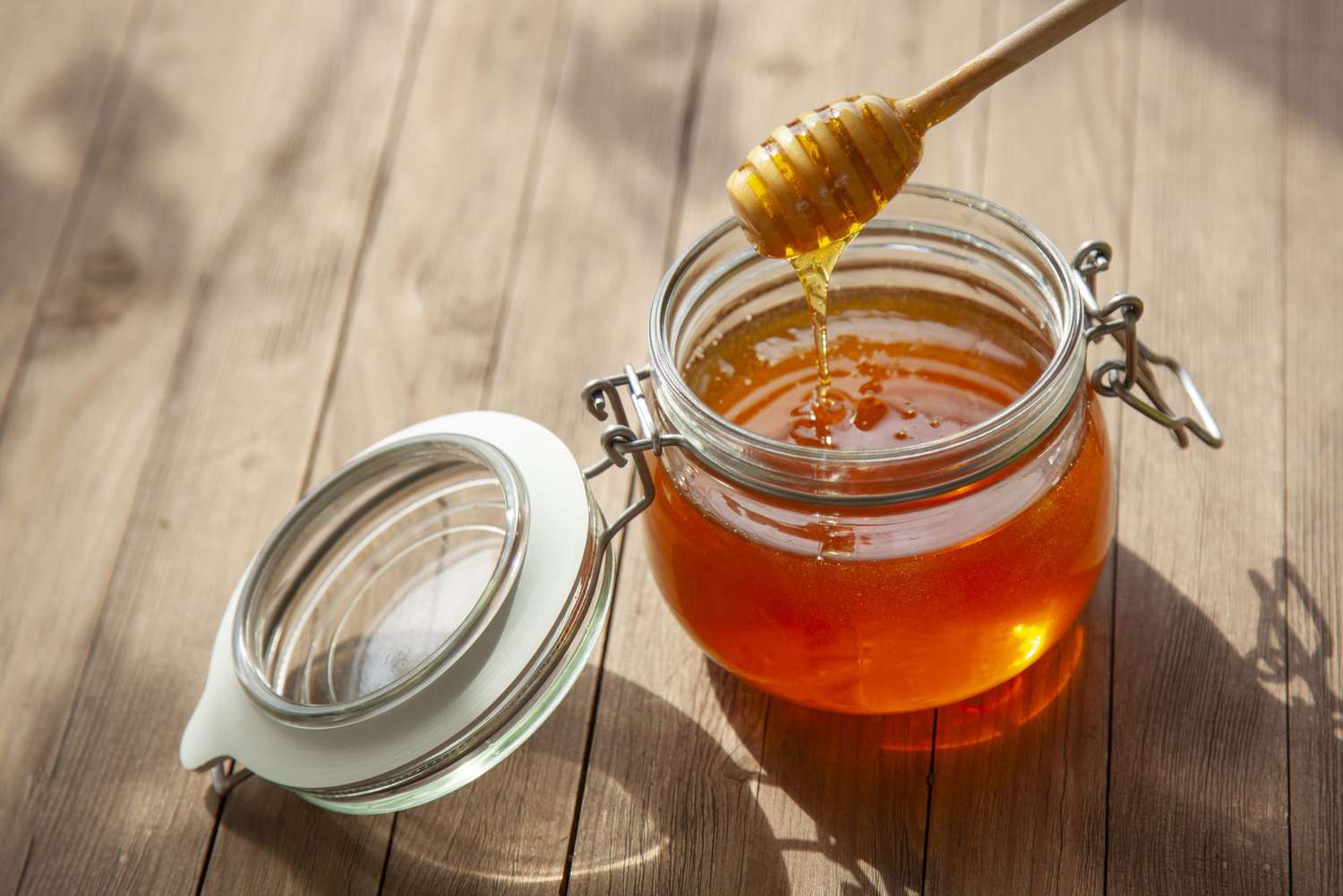

Articles
How To Store Honey
Modified: December 7, 2023
Learn the best practices for storing honey and keeping it fresh for longer. Our articles provide helpful tips and techniques to ensure your honey stays delicious and pure.
(Many of the links in this article redirect to a specific reviewed product. Your purchase of these products through affiliate links helps to generate commission for Storables.com, at no extra cost. Learn more)
Introduction
Honey is a delicious and versatile natural sweetener that has been used for centuries in various cultures around the world. Not only does it add a touch of sweetness to foods and beverages, but it also offers numerous health benefits due to its antioxidant and antimicrobial properties. However, to fully enjoy the taste and benefits of honey, it is crucial to store it properly. In this article, we will explore the importance of storing honey correctly and provide some valuable tips to help you make the most of this golden elixir.
Key Takeaways:
- Proper storage of honey is crucial to maintain its flavor, nutritional value, and shelf life. Factors like temperature, light, and container quality play a significant role in preserving the integrity of honey.
- Choosing the right container, avoiding extreme temperatures, and gentle heat treatment can help prevent crystallization and maintain honey’s liquid consistency. Proper storage techniques ensure that honey remains fresh, flavorful, and ready to use.
Read more: How To Store Creamed Honey
Why Storing Honey Properly is Important
Storing honey properly is essential to maintain its quality, flavor, and nutritional properties. Here are a few reasons why proper storage is important:
- Prolonged Shelf Life: Honey, when stored correctly, can have an incredibly long shelf life. The high sugar content and low moisture content create an environment that inhibits the growth of bacteria and microorganisms. By storing honey properly, you can prevent spoilage and extend its shelf life.
- Preservation of Flavor and Aroma: Honey is prized for its distinct flavor and aroma, which can vary depending on the floral source. Improper storage, such as exposure to heat, light, or air, can cause the honey to undergo flavor changes or even spoil. Proper storage helps preserve the unique flavor and aroma of honey.
- Retaining Nutritional Value: Honey is not only delicious but also packed with beneficial nutrients such as vitamins, minerals, and enzymes. However, over time, exposure to light, heat, and oxygen can degrade these nutrients. By storing honey properly, you can help retain its nutritional value.
- Preventing Crystallization: Honey has a natural tendency to crystallize over time, especially if exposed to cold temperatures. While crystallization does not affect the quality or safety of honey, it can alter the texture and make it less appealing. Proper storage can minimize crystallization and help maintain the smooth texture of honey.
By understanding the importance of storing honey properly, you can ensure that you’re getting the best quality honey and enjoying its full range of flavors and nutritional benefits. Now, let’s explore the factors that can affect honey storage and learn how to choose the right containers for storing honey.
Factors Affecting Honey Storage
Several factors can affect the storage of honey and its overall quality. Understanding these factors will help you make informed decisions about how to properly store your honey:
- Temperature: Temperature plays a crucial role in honey storage. High temperatures can accelerate the natural enzymatic activity in honey, leading to flavor changes and potential loss of nutritional value. On the other hand, extremely low temperatures can cause crystallization. It is best to store honey at room temperature, ideally between 70°F and 75°F (21°C-24°C).
- Light: Exposure to light can have a detrimental effect on honey. Ultraviolet (UV) light, in particular, can break down some of the beneficial compounds in honey and cause flavor changes. To protect honey from light, store it in opaque or dark-colored containers and keep it away from direct sunlight.
- Air: Air can promote the oxidation of honey, leading to flavor changes and a decrease in nutritional value. It is important to store honey in airtight containers to minimize its exposure to air. This will help preserve its quality and prevent moisture absorption.
- Moisture: Honey has a low moisture content, typically ranging from 17% to 18%. Moisture absorption can promote fermentation and spoilage of honey. To prevent moisture absorption, store honey in sealed containers and avoid exposure to high humidity environments.
- Odors and Flavors: Honey has the ability to absorb odors and flavors from its surroundings. Storing honey in containers with strong odors can result in flavor contamination. It is important to choose containers that are scent-free to maintain the pure flavor of honey.
- Container Quality: The quality of the storage container can significantly impact honey storage. Choose food-grade containers made of glass, stainless steel, or food-grade plastic. These materials are non-reactive and will not leach any harmful substances into the honey.
By considering these factors and implementing proper storage techniques, you can ensure that your honey remains fresh, flavorful, and of high quality. Now, let’s delve into the process of choosing the right container for storing honey.
Choosing the Right Container for Storing Honey
When it comes to storing honey, choosing the right container is crucial to maintain its quality and prevent any contamination. Here are some factors to consider when selecting a container for your honey:
- Material: It is recommended to use food-grade containers made of glass, stainless steel, or food-grade plastic. These materials are non-reactive and will not alter the taste or quality of your honey.
- Airtightness: Look for containers that have airtight seals to prevent air exposure, which can lead to oxidation and flavor changes. This will help maintain the freshness and quality of your honey.
- Opacity: Honey is light-sensitive, so it is best to choose opaque or dark-colored containers that can protect it from light exposure. This will help preserve the flavor and prevent any degradation caused by UV light.
- Pouring Spout: Opt for containers with a pouring spout or a narrow opening to control the flow of honey during pouring. This will reduce the likelihood of spills or dripping, making it easier to use honey in your recipes or drizzle it on your favorite foods.
- Size: Consider the quantity of honey you plan to store. Choose a container that can accommodate the amount of honey you typically use. It’s better to have a few smaller containers rather than a single large one, as this will allow you to open and use one container at a time while keeping the others sealed.
- Easy to Clean: Look for containers that are easy to clean, as honey can be sticky. Containers with wide openings or removable lids make it easier to access every nook and cranny for thorough cleaning.
By selecting the right container, you can ensure that your honey remains fresh, protected from light exposure, and easy to use. Now that you have the appropriate container, let’s explore the different storage methods for honey.
Storing Honey at Room Temperature
Storing honey at room temperature is the most common and convenient method. Here are some tips to ensure proper storage of honey at room temperature:
- Choose the Right Spot: Find a cool and dry place in your kitchen or pantry to store your honey. Avoid areas near direct sunlight, stoves, or other sources of heat, as exposure to heat can accelerate the natural enzymatic activity in honey and degrade its quality.
- Seal the Container: Ensure that the container is tightly sealed to prevent air exposure and moisture absorption. This will help maintain the freshness and flavor of the honey.
- Avoid Contamination: Keep the container clean and free from any contaminants. Make sure to use a clean utensil, such as a dry spoon or honey dipper, when scooping honey to prevent cross-contamination.
- Rotate Stock: If you have multiple containers of honey, it’s a good practice to rotate your stock. Use the older containers first to ensure that honey gets consumed before its quality may start to degrade over time.
- Monitor for Crystallization: Honey naturally crystallizes over time, especially if it contains higher glucose levels. If your honey starts to crystallize, you can gently warm it in a warm water bath to dissolve the crystals. However, avoid using a microwave or direct heat as it can alter the flavor and nutritional content of honey.
Properly stored honey at room temperature can last for a long time, ensuring that you have a steady supply of this sweet delight whenever you need it. However, if you prefer a longer shelf life or want to prevent crystallization, you may consider storing honey in the refrigerator or freezer. We’ll explore these storage methods next.
Store honey in a cool, dry place away from direct sunlight to prevent crystallization and preserve its flavor and quality. Keep the lid tightly sealed to prevent moisture from entering.
Read more: How To Store Honey Comb
Storing Honey in the Refrigerator
If you want to prolong the shelf life of your honey or prevent it from crystallizing, storing it in the refrigerator can be a good option. Here are some guidelines for storing honey in the refrigerator:
- Choose the Right Container: Transfer your honey into a glass or plastic container with an airtight seal. Make sure the container is clean and dry before pouring the honey into it.
- Seal it Properly: Ensure that the container is tightly sealed to prevent any exposure to air or moisture. This will help maintain the integrity and quality of your honey.
- Find the Optimal Temperature: Ideally, store your honey in the coldest part of your refrigerator, such as the back of the top shelf or the lower shelves. This will minimize temperature fluctuations and keep the honey fresh.
- Prevent Odor Absorption: Keep your honey away from strong-smelling foods in the refrigerator to prevent it from absorbing their odors. Honey has a unique flavor, and you want to preserve its taste without any external influences.
- Monitor for Crystallization: While refrigeration can help slow down the crystallization process, it doesn’t entirely prevent it. If you notice your honey starting to crystallize, you can gently warm it in a warm water bath to dissolve the crystals before using it.
- Allow Time to Warm Up: When you need to use your refrigerated honey, make sure to take it out of the refrigerator a few minutes before use. Allowing it to come to room temperature will restore its smooth consistency and make it easier to pour or spread.
Storing honey in the refrigerator can help maintain its freshness, extend its shelf life, and delay crystallization. However, keep in mind that refrigerated honey may become thicker and harder to pour due to cold temperatures. If you prefer a softer texture, you can always warm it up gently before using it.
Storing Honey in the Freezer
If you want to store honey for an extended period or prevent crystallization, you can consider storing it in the freezer. Freezing honey can help preserve its freshness and flavor for a long time. Here’s how to store honey in the freezer:
- Choose the Right Container: Transfer your honey into a freezer-safe container with an airtight seal. Glass jars or plastic containers specifically designed for freezer storage work well.
- Seal it Tightly: Ensure that the container is sealed tightly to prevent air exposure. This will prevent freezer burn and maintain the quality of your honey.
- Label and Date: It’s a good practice to label the container with the date of freezing. This will help you keep track of how long the honey has been stored and ensure that you use the oldest honey first.
- Find a Stable Temperature: Place the honey container in the coldest part of your freezer, away from any temperature fluctuations. A consistent temperature will help maintain the quality and consistency of your honey over time.
- Thawing Honey: When you need to use the frozen honey, simply remove it from the freezer and let it thaw at room temperature. It may take some time to thaw completely, so plan in advance if you need it for a specific recipe.
- Prevent Multiple Thawing and Freezing: Avoid repeatedly thawing and refreezing your honey, as it can affect its quality and integrity. If you have a large volume of honey, consider portioning it before freezing to minimize the need for repeated thawing.
By freezing honey, you can preserve its quality and flavor for an extended period. However, keep in mind that freezing may alter the texture of honey, making it denser and thicker. Allow the honey to come to room temperature before using it to regain its original consistency.
Preventing Honey from Crystallizing
Honey naturally tends to crystallize over time, forming granules or crystals. Though crystallization is a natural process, some people prefer to keep their honey in a liquid state. Here are some tips to help prevent honey from crystallizing:
- Store at Room Temperature: Keeping honey at room temperature (around 70°F-75°F or 21°C-24°C) can slow down the crystallization process. Avoid exposing honey to extreme temperatures.
- Avoid Refrigeration: If you prefer liquid honey, it’s best to avoid storing it in the refrigerator. Cold temperatures can accelerate crystallization. Instead, follow the previous guidelines for storing honey at room temperature.
- Use Quality Containers: Store honey in high-quality containers with airtight seals to prevent air from entering and moisture from affecting the consistency of the honey.
- Gentle Stirring: If you notice your honey starting to crystallize or showing signs of granulation, you can gently stir it. This distributes the glucose crystals more evenly, delaying the formation of large granules.
- Keep Moisture Out: Moisture can encourage honey crystallization. Ensure that your honey container is tightly sealed and stored in a dry environment to prevent moisture absorption.
- Heat Treatment: Applying gentle heat to crystallized honey can help dissolve the crystals and restore its liquid consistency. Place the container in a warm water bath or use a microwave on a low power setting for short intervals, stirring in between.
- Filtered Honey: Crystallization can occur more quickly in raw or unfiltered honey. If you prefer liquid honey, opt for filtered varieties, as the filtering process helps delay crystallization.
Remember that crystallization does not affect the quality or safety of honey. It simply changes the texture. If your honey has crystallized, you can still use it as it is or gently warm it to return it to a liquid state. The choice is based on personal preference.
Tips for Long-Term Honey Storage
If you want to store honey for an extended period, whether for personal use or as part of your emergency food supplies, here are some tips to ensure long-term honey storage:
- Choose High-Quality Honey: Use high-quality honey with a low moisture content for long-term storage. The lower the moisture content, the less likely it is to ferment or spoil over time.
- Use Proper Containers: Select airtight containers made of glass or food-grade plastic for long-term storage. Make sure the containers are clean, dry, and seal tightly to prevent air exposure and moisture absorption.
- Store in a Cool, Dark Place: Find a cool, dark spot in your pantry or basement to store your honey. Avoid areas that are prone to temperature fluctuations or exposure to direct sunlight, as this can compromise the quality of the honey.
- Rotate Stock: If you have multiple containers of honey, it’s a good idea to rotate your stock. Use the oldest containers first to ensure that the honey gets consumed within a reasonable time frame.
- Monitor Storage Conditions: Regularly check the storage area for any signs of moisture or temperature changes. Store honey away from any strong odors or chemicals that could potentially contaminate the flavor.
- Label and Date Containers: Label each container with the date the honey was stored to keep track of its age. This will help you prioritize the use of older honey and ensure that it gets consumed before the quality starts to deteriorate.
- Check for Spoilage: Before using stored honey, inspect it for any signs of spoilage, such as off odors, mold growth, or fermentation. If you notice any abnormalities, it’s best to discard the honey to avoid any health risks.
- Consider Freezing Small Portions: If you want to store honey for an exceptionally long time, consider dividing it into smaller portions and freeze the excess. This can help maintain the quality and prevent the entire batch from being exposed to temperature fluctuations.
By following these tips, you can ensure that your honey retains its quality and flavor for an extended period. Remember to handle the honey with clean utensils and store it in optimal conditions to maximize its shelf life.
Read more: How To Store Honey In Fridge
Conclusion
Proper storage of honey is essential to preserve its quality, flavor, and nutritional benefits. Whether you prefer to store honey at room temperature, in the refrigerator, or in the freezer, following the right techniques will help ensure its longevity and prevent crystallization. The choice of container, avoidance of heat, light, and air exposure, and maintaining the ideal storage conditions are key factors in maintaining the integrity of your honey.
By understanding the factors that can affect honey storage and choosing the right containers, you can keep your honey fresh, flavorful, and ready to use in your favorite recipes or as a sweet addition to your daily routine. Whether you’re enjoying honey for its delicious taste or its numerous health benefits, proper storage practices will help you get the most out of this golden nectar.
Remember to rotate your stock, label containers, and monitor storage conditions to ensure that your honey remains in optimal condition. If crystallization occurs, gentle heat can restore its liquid consistency, and proper handling and sealing will prevent contamination and maintain its purity.
So, next time you reach for that jar of honey, you can feel confident that it will still have its delightful flavor, texture, and beneficial properties. Enjoy the richness of this natural, sweet treat, knowing you’ve taken the necessary steps to store it properly and maximize its shelf life.
Frequently Asked Questions about How To Store Honey
Was this page helpful?
At Storables.com, we guarantee accurate and reliable information. Our content, validated by Expert Board Contributors, is crafted following stringent Editorial Policies. We're committed to providing you with well-researched, expert-backed insights for all your informational needs.
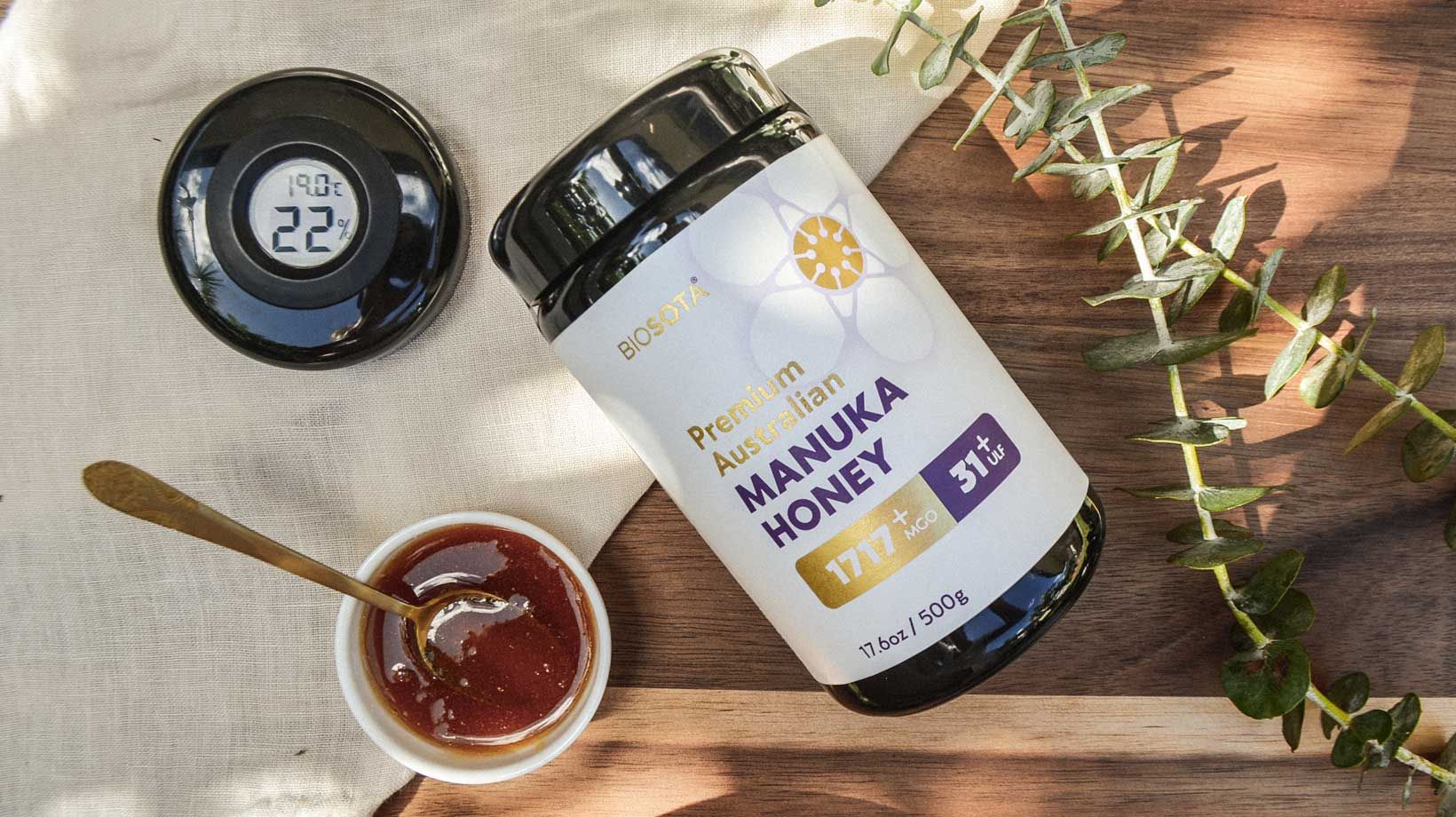
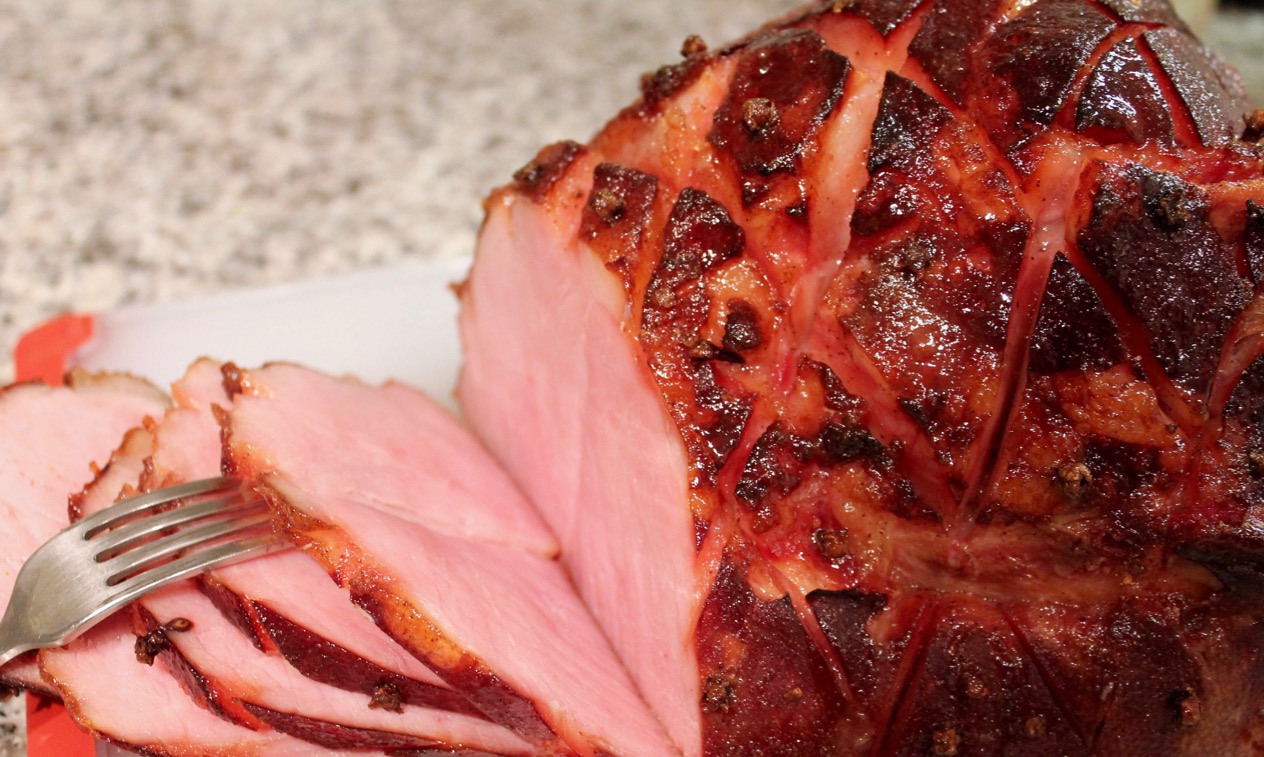
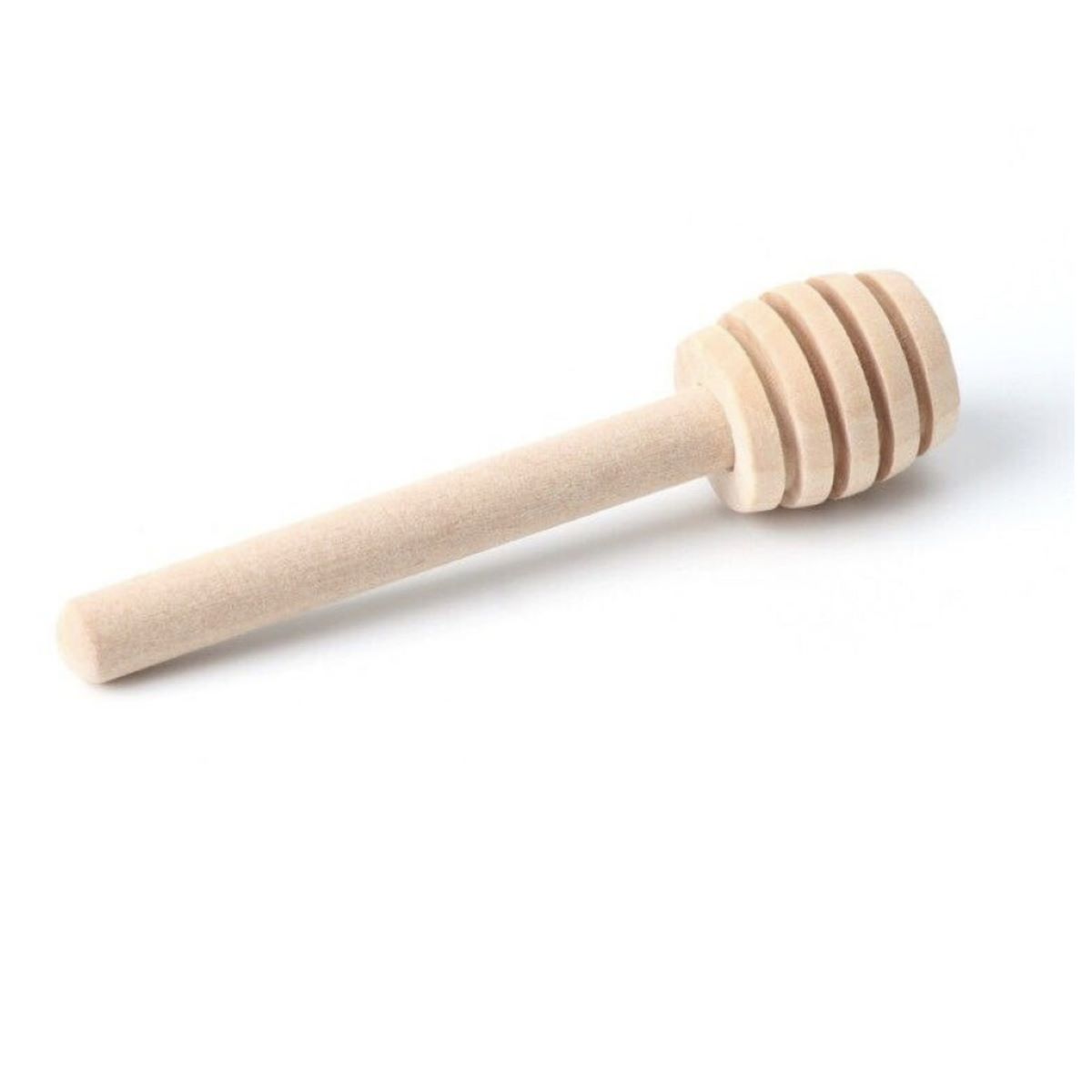
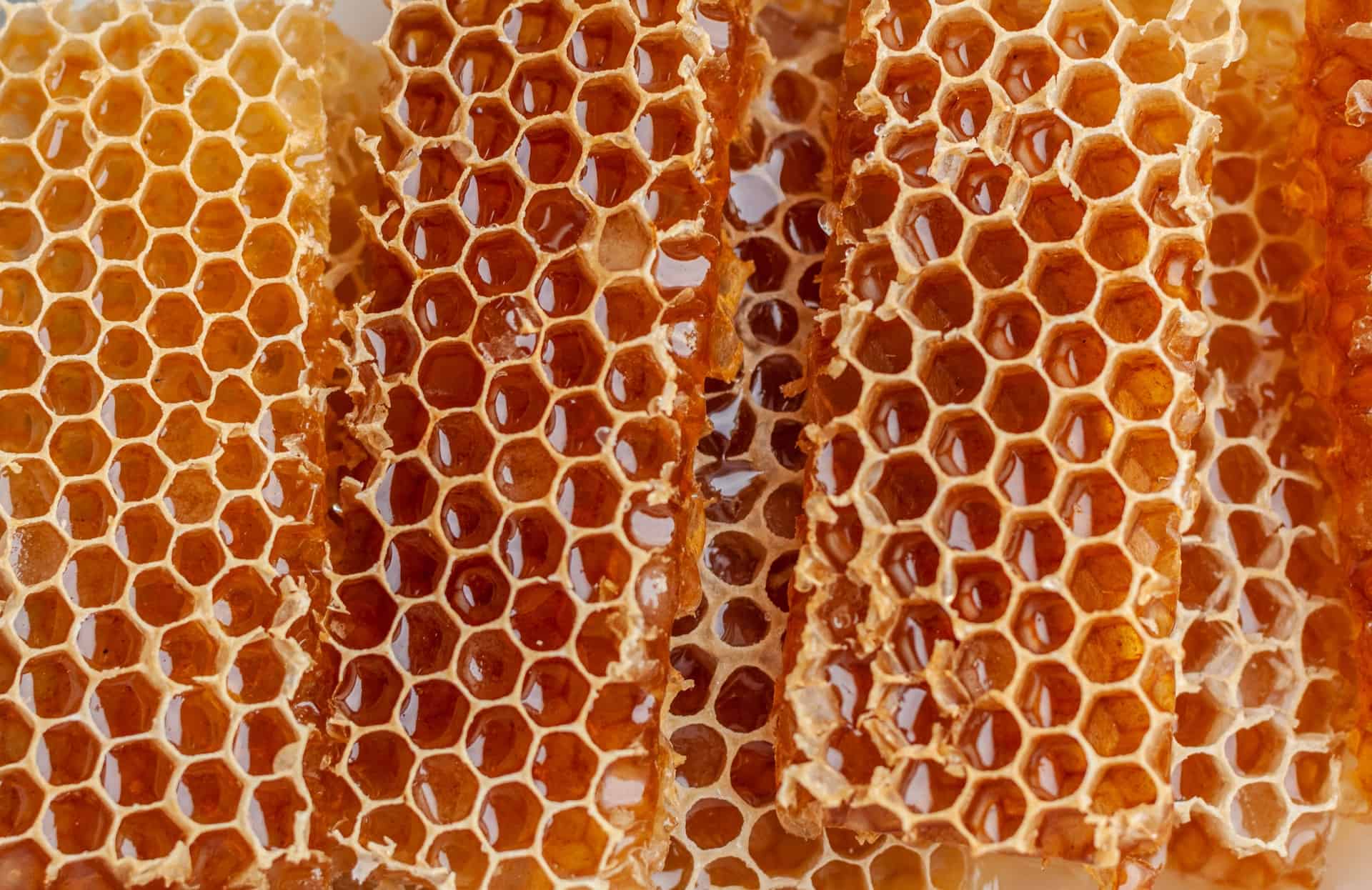
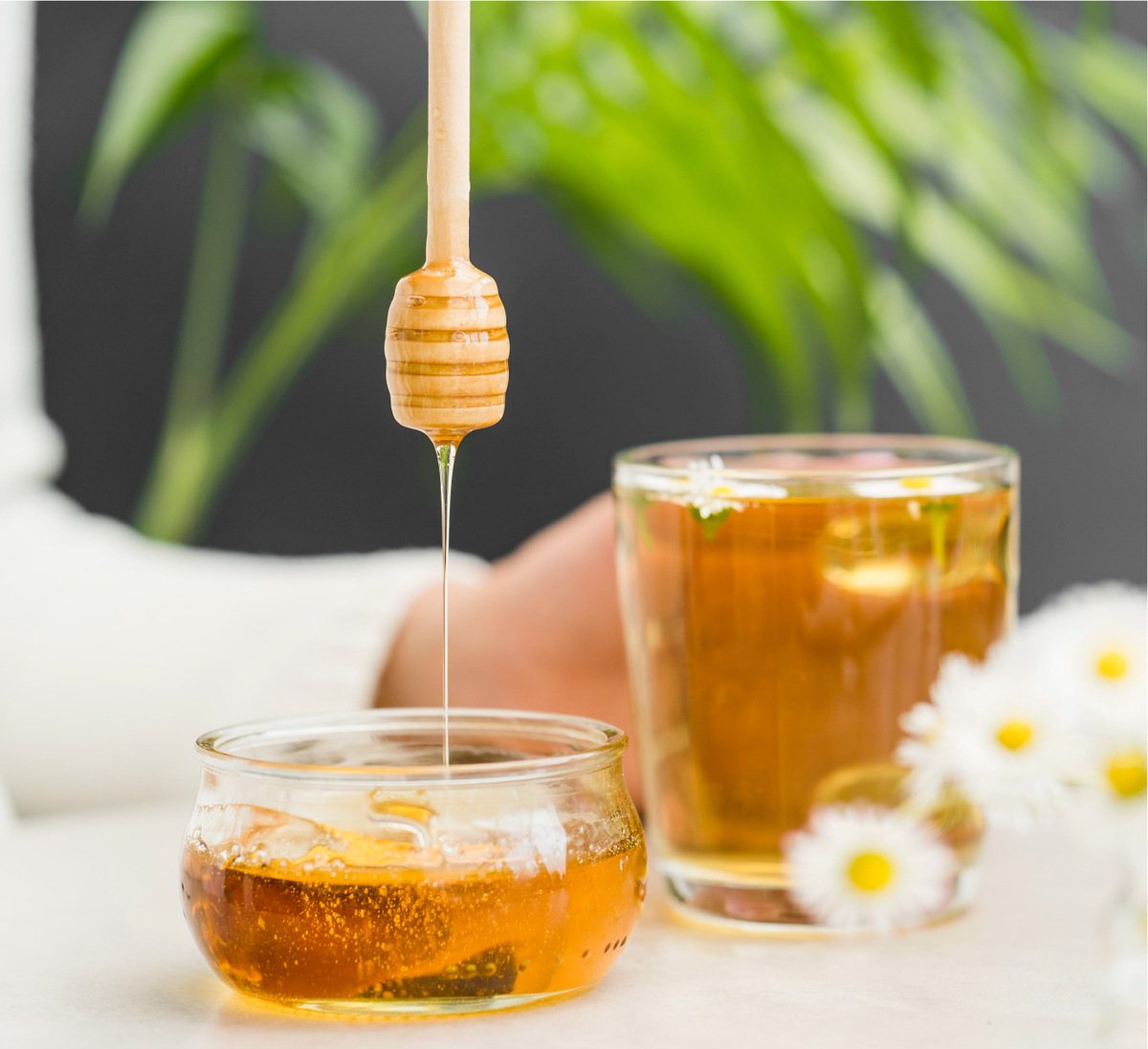
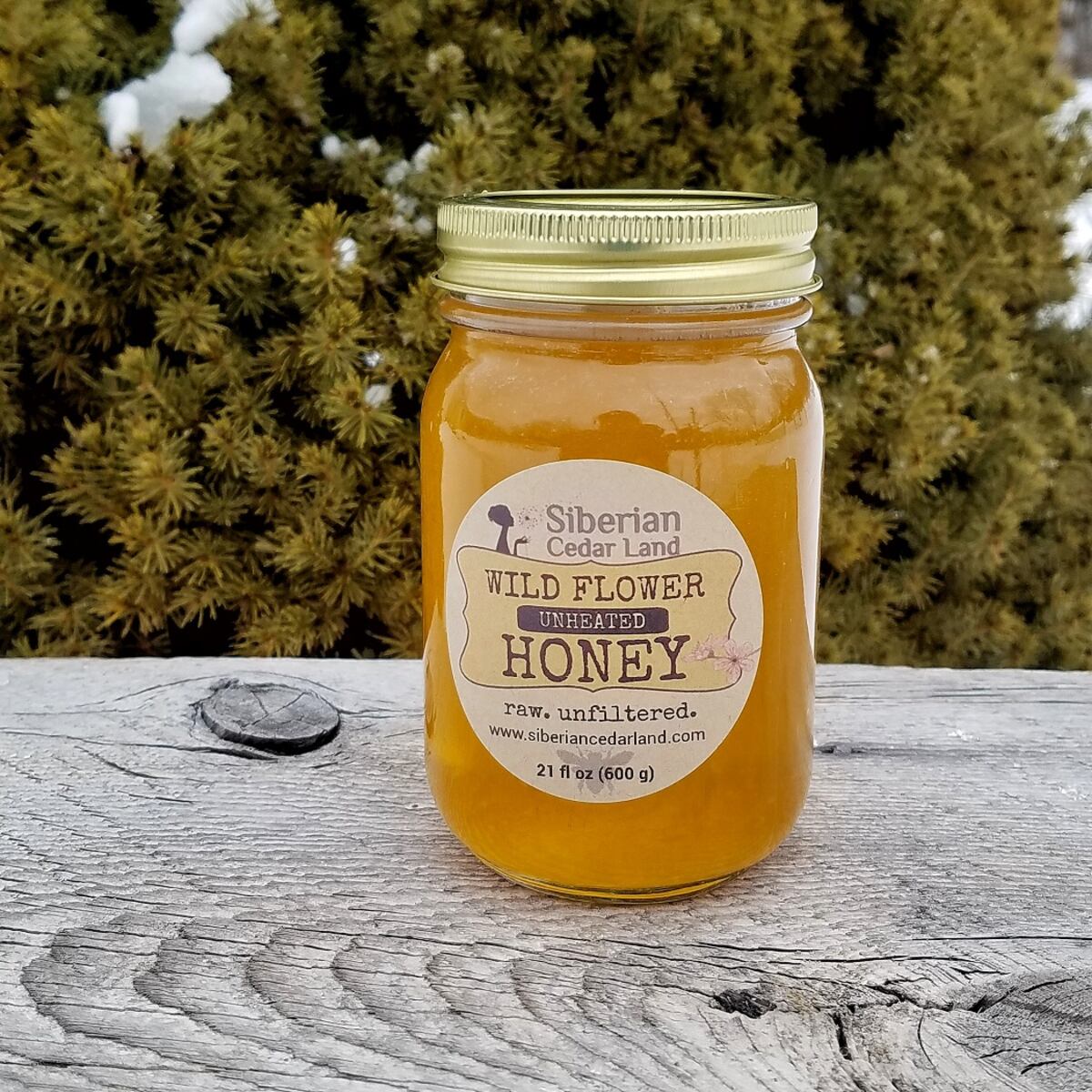
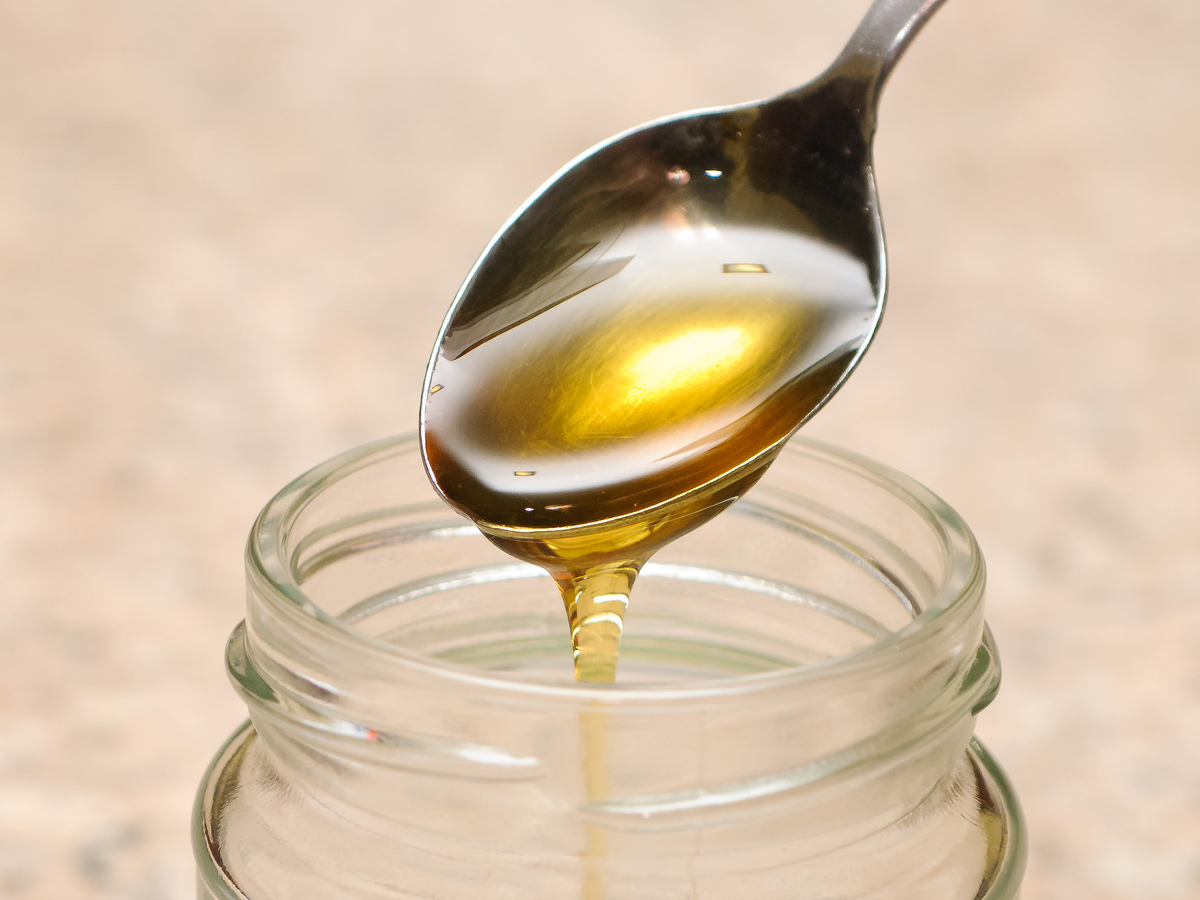
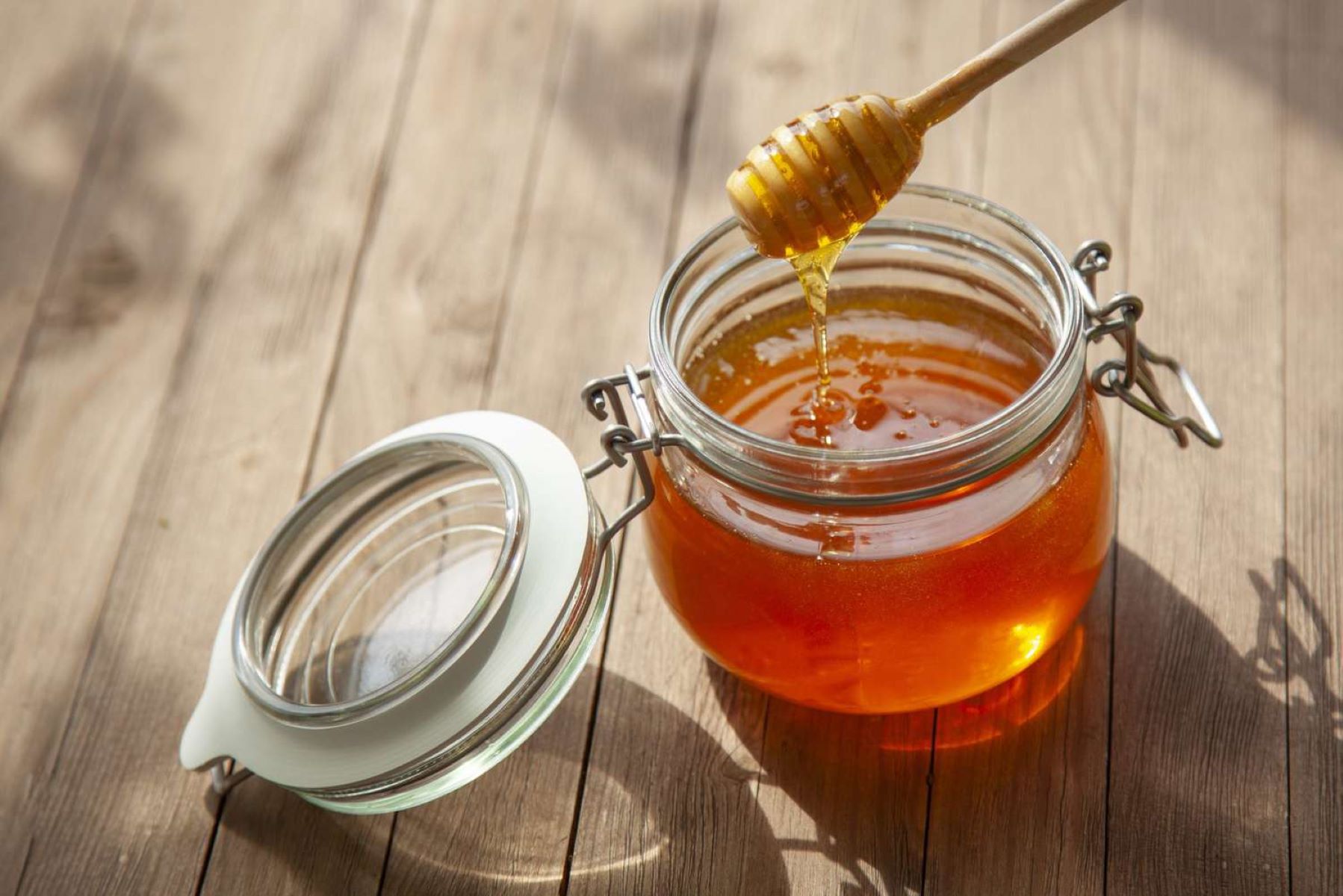
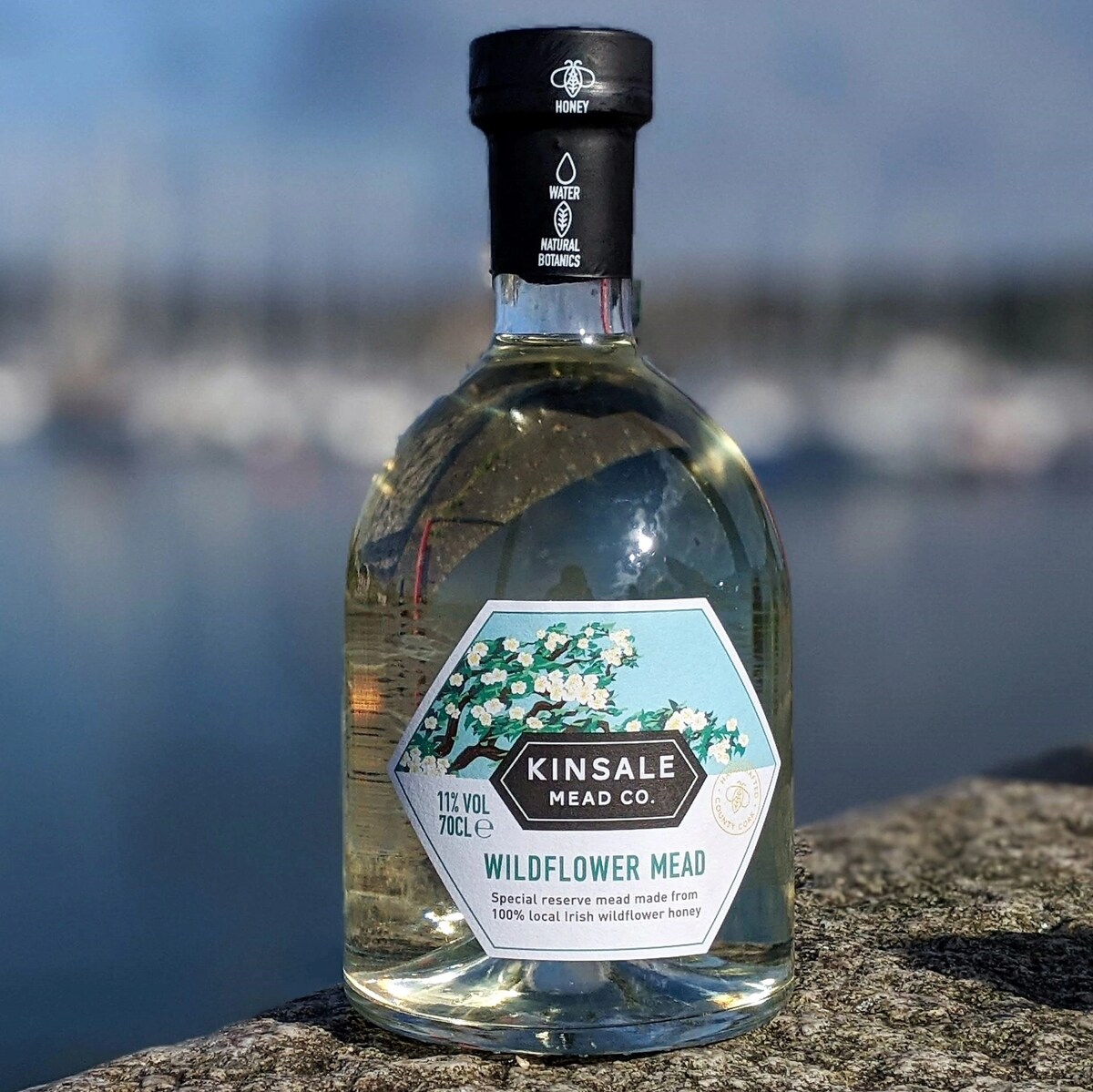
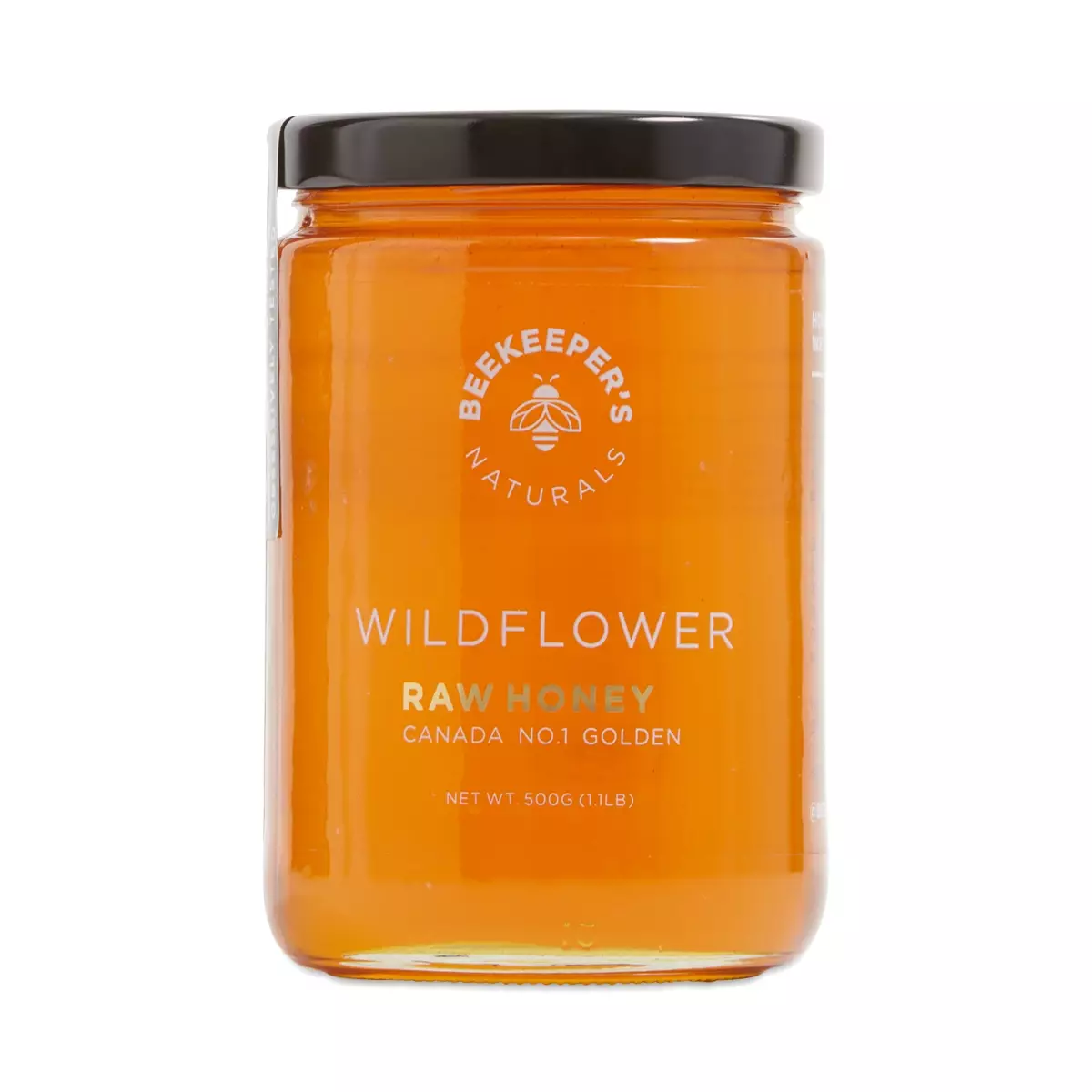
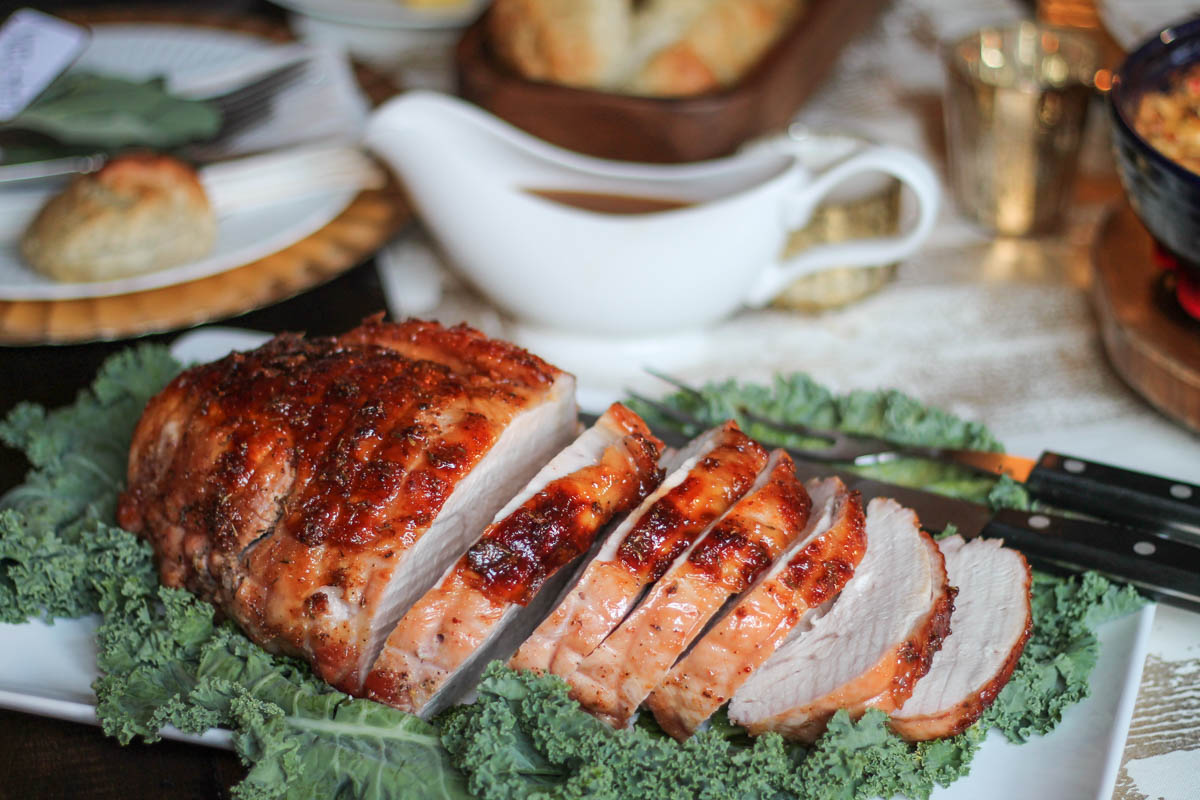
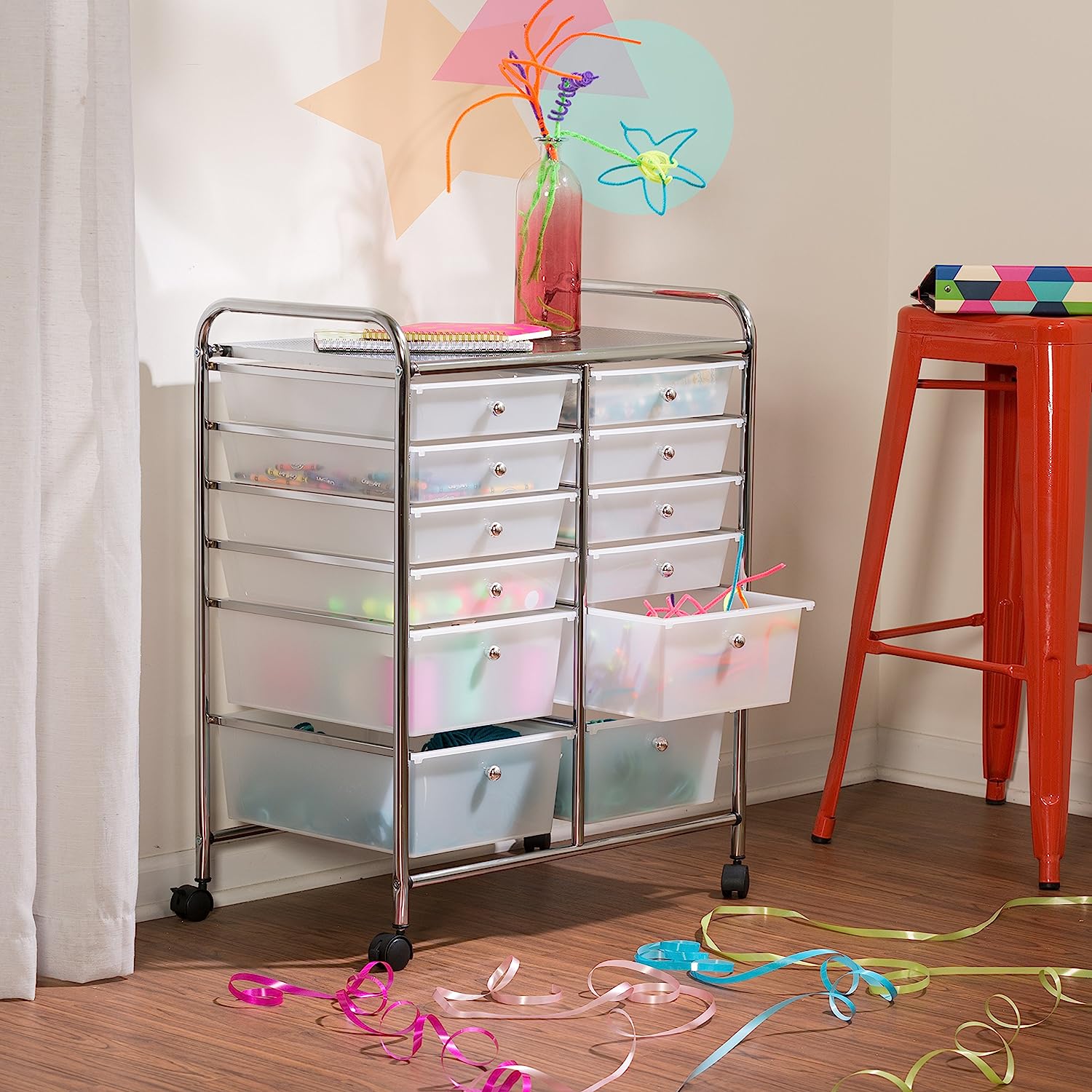


0 thoughts on “How To Store Honey”